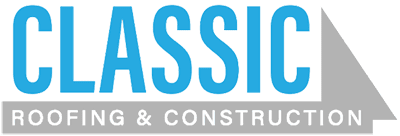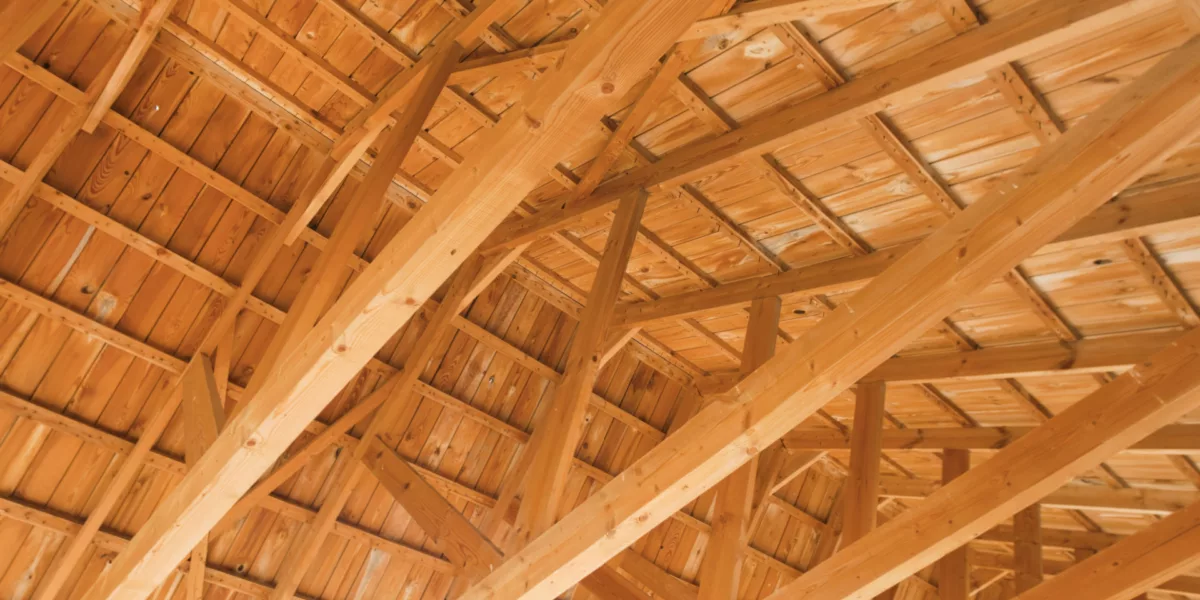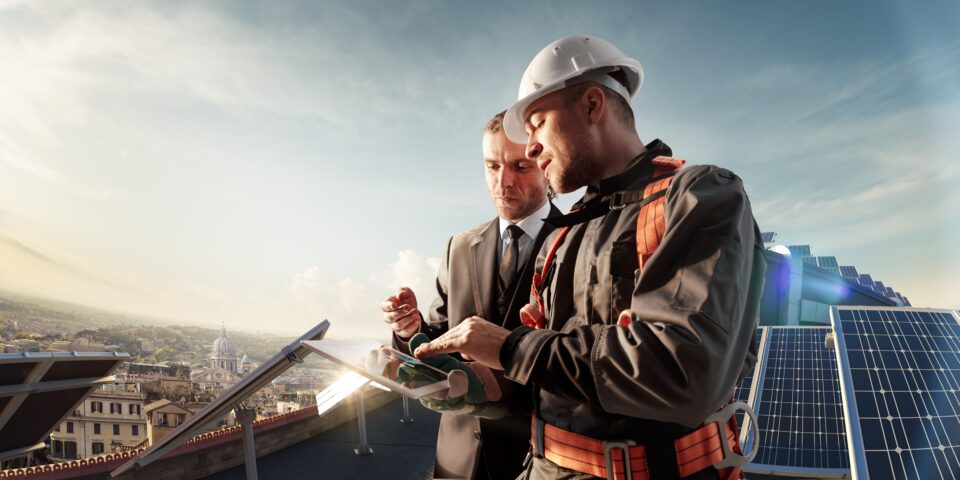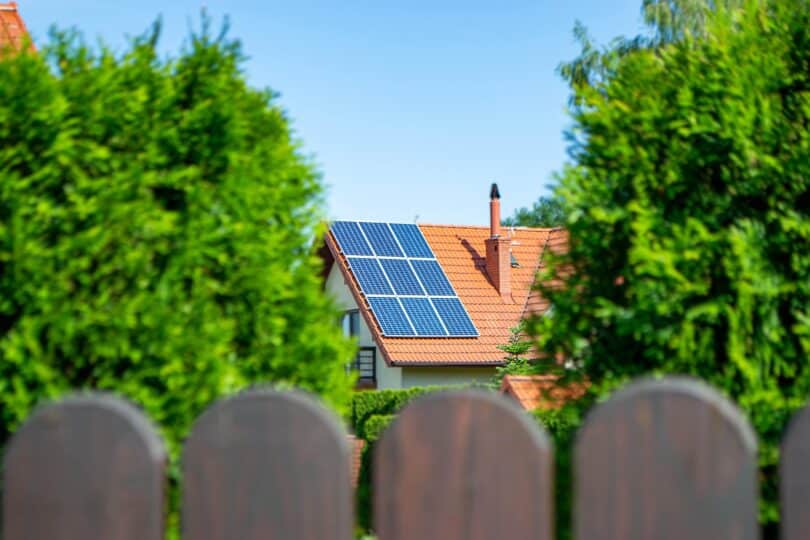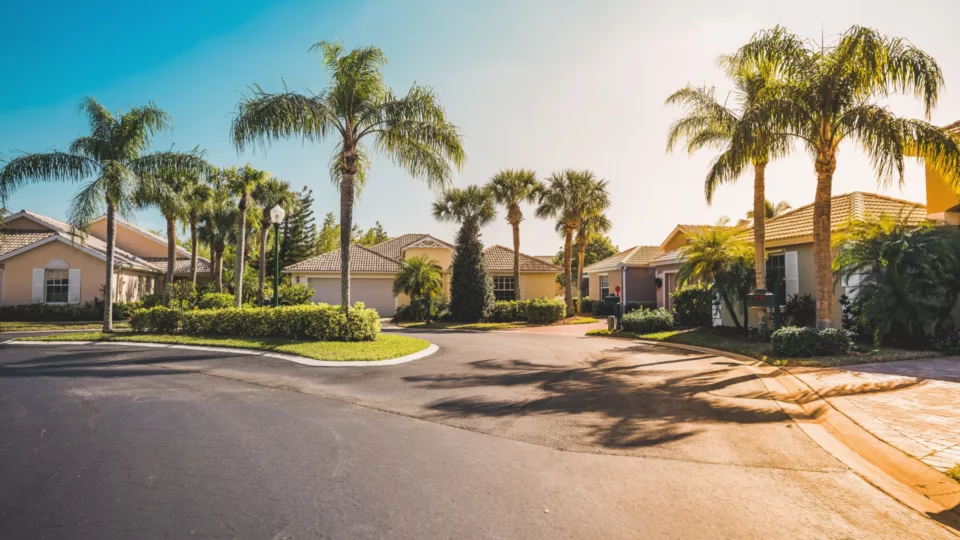In This Article
When it’s time for a new roof, the first thing you think of is probably the materials like shingles, tiles, or metal. But your roofing system is much more complex than this. In addition to vents and water-resistant underlayment, your roof decking plays a crucial role in keeping your home safe and dry.
But despite its importance, a lot of homeowners aren’t clear on what roof decking is or why it matters. Thankfully, we have 20 years of experience explaining all parts of a roofing system to our customers. We’re Classic Roofing and Construction, and we want to walk you through everything you need to know about your home’s decking. So let’s start with the easiest question: What is it?
What Is Roof Decking?
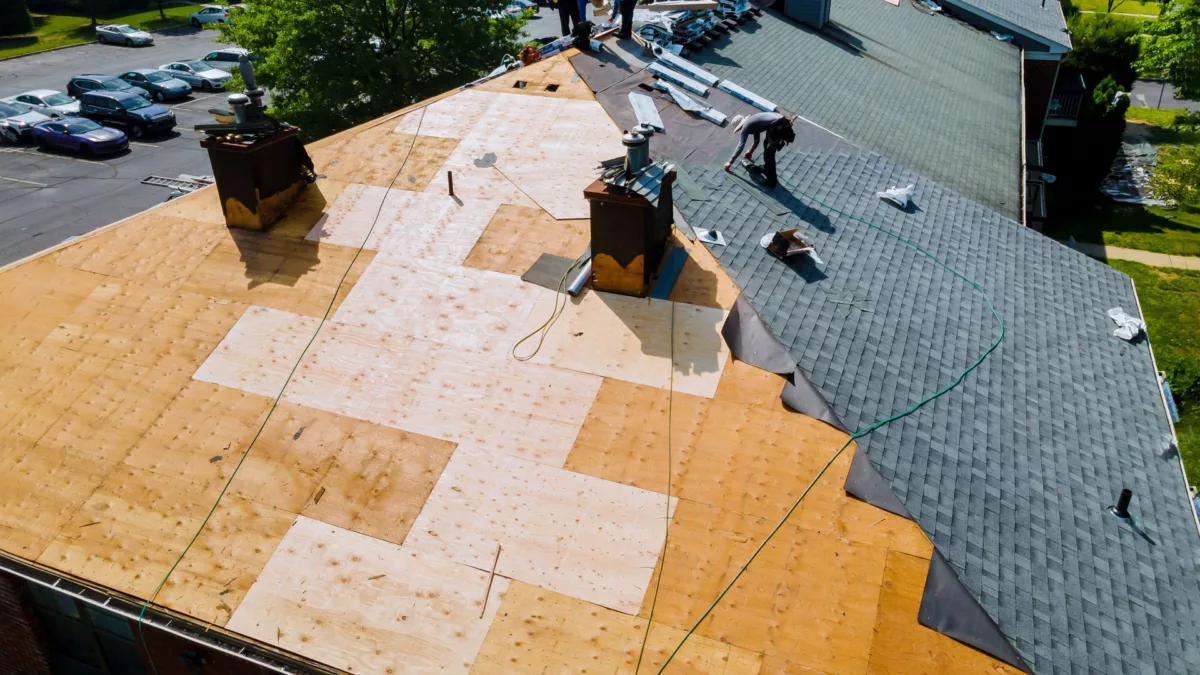
You can think of decking as the foundation of your roofing system. Also called sheathing, this connects your roof with the underlying structure of your home. For example, if you have a shingle roof, then your decking is what your shingles are adhered to.
And while it’s easy to imagine that decking is a “set it and forget it” kind of thing, nothing could be further from the truth. Over time, water can make its way past your roofing system and get to your decking, usually through damaged shingles or clogged gutters. If this happens, the material (usually wood post a tree service post a tree service post a tree service) can rot, which can destabilize your entire roofing system.
To better understand roof decking, let’s look at what this part of your roof is made of.
Roof Decking Materials
As mentioned, decking is most often made of wood. But that isn’t always the case, and even when it is, there are multiple types of wood that your decking could be made from. Here are the most common types of roof decking:
- Plywood: Certainly the most popular option in Florida, plywood is extremely versatile. This decking material usually comes in 4×8-foot sheets, and it provides reliable structural support.
- Oriented Stand Board (OSB): This is another popular decking material for Florida homes. To make it, manufacturers compress wood strands and then bind them together using adhesives. And since the strands overlap, they create a strong, water-resistant board.
- Plank Sheathing: This is a less common kind of decking, but this style uses wooden boards spaced out across your roof. This is a more traditional type of decking that is rarely seen in modern homes.
- Particleboard: Particleboard is an engineered wood product made from wood chips and adhesive. It’s a more budget-friendly option but is less durable and moisture-resistant than plywood or OSB.
- Metal Decking: Metal roof decking consists of steel or aluminum panels and features enhanced durability and resistance to weather. Despite this, very few buildings use metal decking, and those that do are usually industrial structures.
As you can see, decking comes in many forms and types. And it’s clearly important for the safety of your roof. Now, let’s talk about the role of decking in a roof replacement.
How Roof Decking Affects Roof Replacements
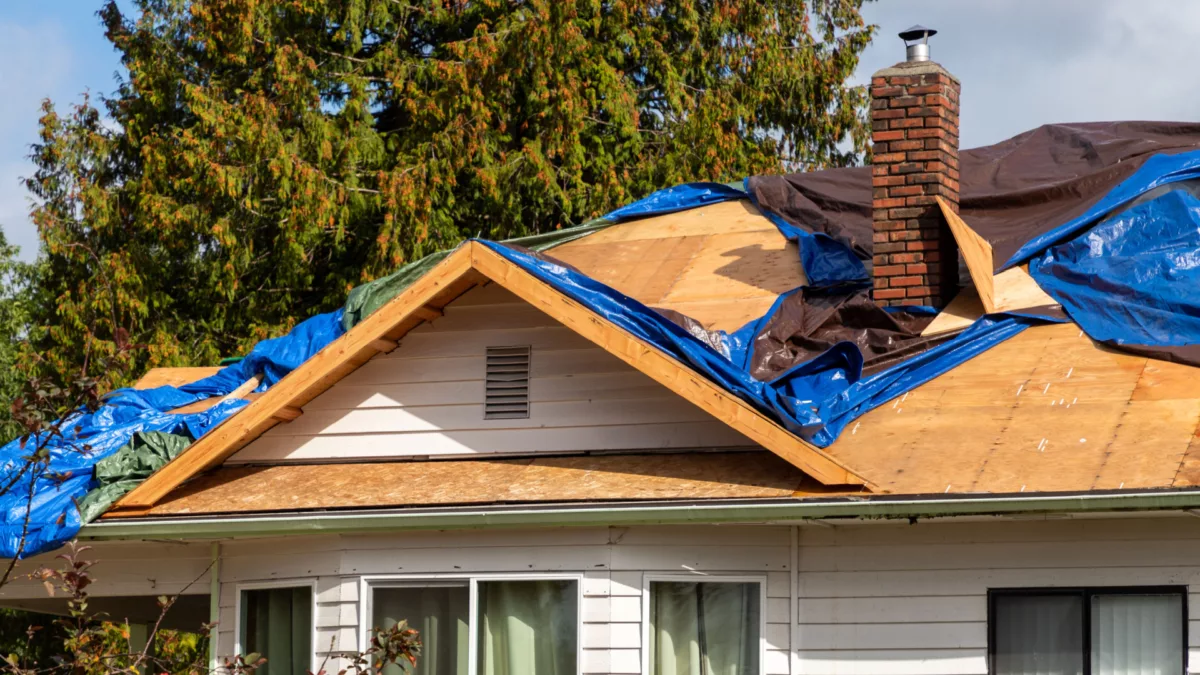
When replacing your roof, roofers will replace more than just the top-most materials. They’ll also inspect your decking for damage. And if they find rotting portions or other damages, then they’ll have to replace those parts of the decking as well.
This is why, in general, we don’t usually recommend reroofing. While it can sometimes be slightly cheaper to add another layer of shingles to your roof, this won’t allow your decking to be inspected or, if needed, replaced. Instead, it will only add more weight onto your decking, which could cause serious problems if it’s already damaged.
During a roof replacement, however, roofers can easily inspect your decking after tearing off your old roof. This is where roofers will be able to identify signs of roof rot, they will then remove this section of the decking and replace it. Since roofers would have to remove your old roof to check for rotted decking, the cost of removing and replacing the decking is usually not included in a roofing estimate.
However, that doesn’t mean you have to expect a big surprise bill at the end. Most types of roof decking are not very expensive to replace, so they shouldn’t add more than a couple hundred dollars to your total roof replacement costs. In rare instances where all of your roof’s decking needs replacing, the costs could go even higher. But this usually only happens on very old roofs that are overdue for replacement. The good news is that you will likely have noticed your damaged decking before this point, especially if you know what to look for.
Signs of Rotted or Damaged Decking
When damage to your decking is substantial, you may be able to identify it before replacing your roof. Water damage is often the cause of damaged decking, so the signs are very similar to general signs of a roof leak. These signs of damaged roof decking include:
- Wet spots on the ceiling
- Stains on interior walls
- Water stains on rafters
- Roof sagging
If you notice these signs of rotted decking, it’s essential that you call professional roofers to help. Issues with your decking could require removing and replacing portions of your roof, and that goes well beyond the scope of a DIY roofing project.
Video -Roof Decking
Get the Best Roofing Services Near You
Whether you’re noticing signs of rotted decking or it’s just time for your roof replacement, Classic can help. We’ve got decades of local roofing experience and reviews that speak for themselves. And from your roof decking to your chosen roofing material, we’ll make sure that your entire roofing system is as secure as possible.
If you want to get a detailed report on how we can help, schedule your free roofing estimate. We’ll personally inspect your roof, discuss your options with you, and prepare a customized estimate that covers the full scope of work needed to fix your roofing troubles.
Classic has been Florida’s favorite roofing company for over two decades. Give us a shot and see what can happen when you entrust your roof to experienced professionals.
